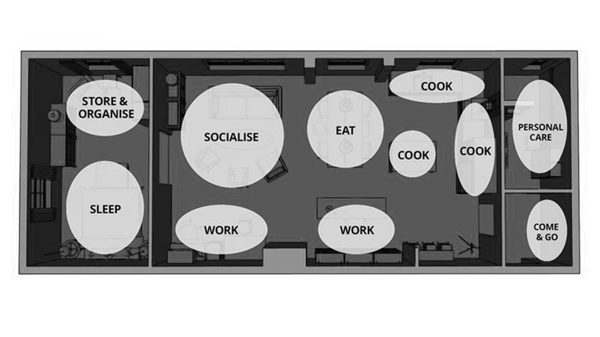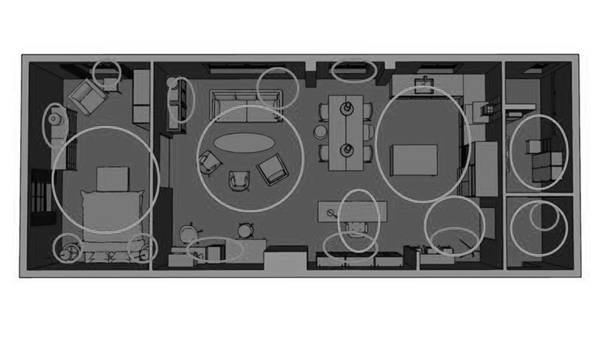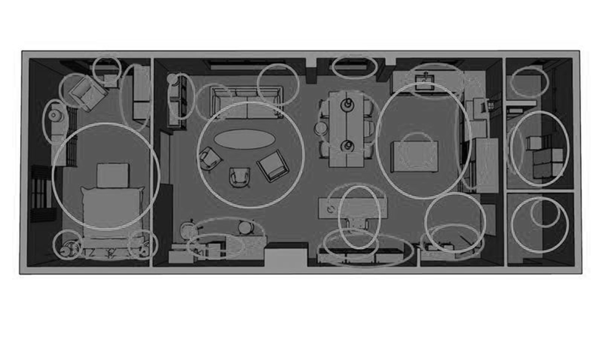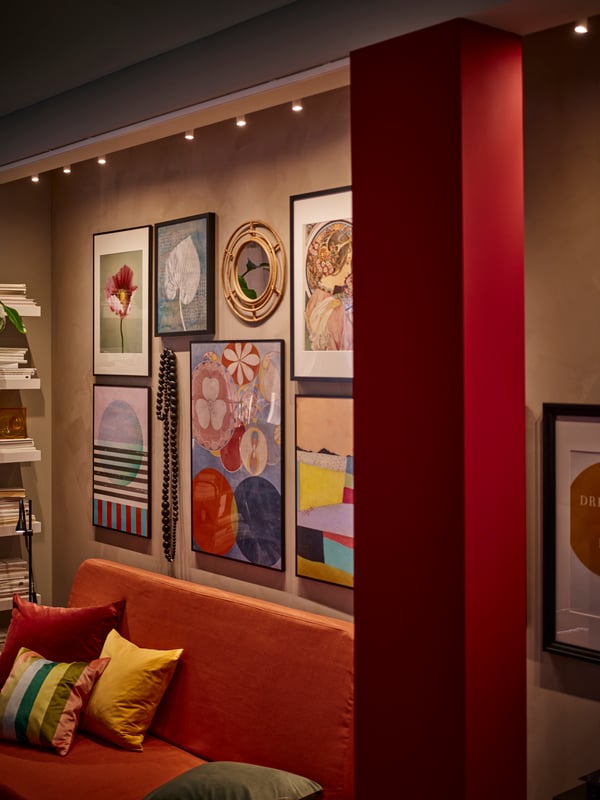How to create a lighting plan?
Light makes a space cosy and livable when it's dark. We know three types of lighting: general, functional, and mood lighting. At IKEA, we have lamps with soft light, like a ceiling lamp, and focused light, like a reading lamp. Find the perfect balance of light sources that match the space and what you do in it. Creating a lighting plan helps with that. We love to explain how to do it.


Here's how to create a lighting plan
Step 2: Choose the types of lighting
Determine whether you will illuminate the intended activity with general lighting, or if you also need task lighting, ambient lighting, accent lighting, or smart lighting. Want to know what these types of lighting entail? You can read about it here.
Tips for a good lighting plan
Apply the 5-3-1 rule
With this handy rule of thumb, you ensure the right light intensity in your space.
- 5: Task lighting (highest intensity) - This is the brightest light and is used for specific tasks such as reading, cooking, or working.
- 3: Ambient lighting (medium intensity) - This light creates a cosy and inviting atmosphere, such as table lamps or floor lamps.
- 1: General lighting (lowest intensity) - This is the basic lighting that provides even illumination of the entire space, such as ceiling lights or recessed spotlights.
Create islands of light
General lighting does not always have to be in the centre of the room. Place lighting where you need it and combine atmosphere with functionality.
In a room such as the living room, the basic lighting will often be a mix of a hanging lamp with a standing lamp or a wall lamp. This is very handy when working from home or when you come home late at night in the dark.
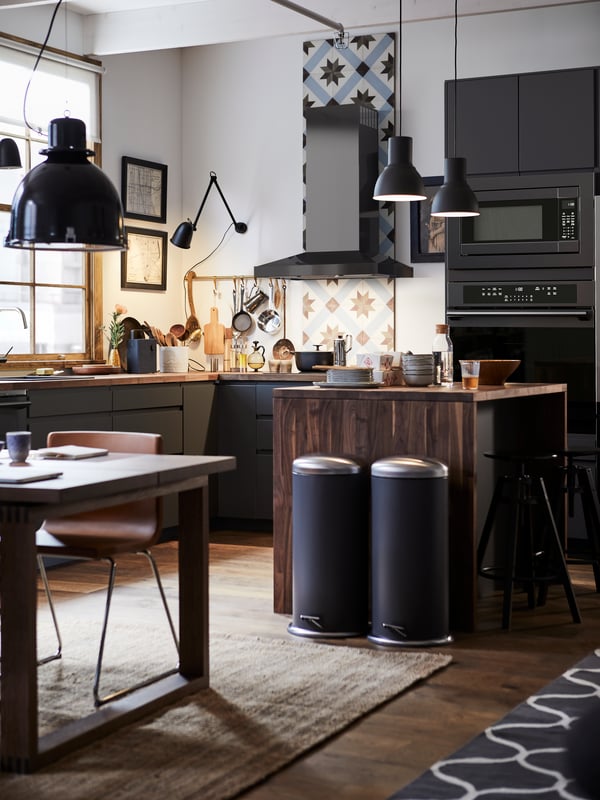
- Product information page
Find the right height
Hanging a lamp properly requires customisation, measuring and looking at the correct height.
Make sure you hang the lamp 55-60 centimetres above the table. The lamp should hang low enough so a person sitting at the table does not look straight at the bulb and high enough so that people around the table can still see each other.
Also, pay attention to this in your sitting area, you do not want to block the view with the hanging lamp.
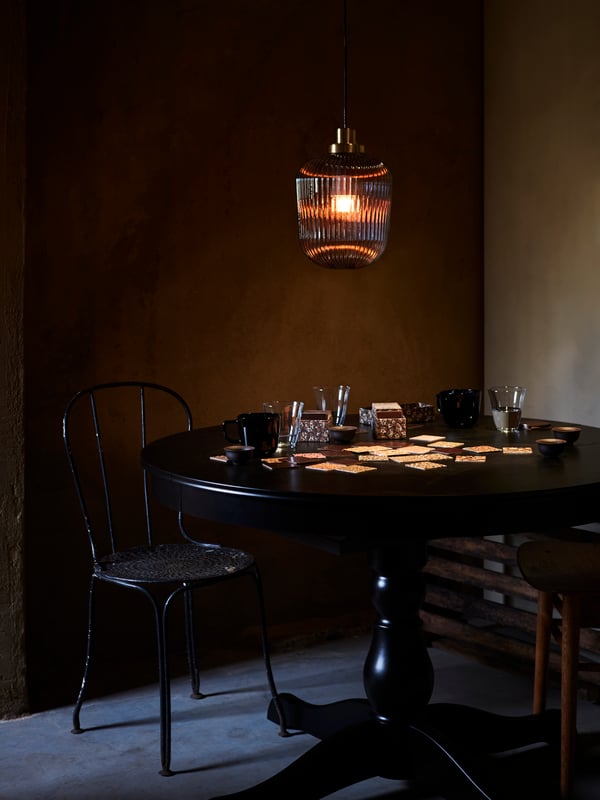
- Product information page
Also useful to think about
When choosing lamps, it is important to consider not only their style but also their intended function. Make sure they give the right colour of light and that there is no glare. The switch should be easy to reach and keep it safe with well-organised cables. That also makes cleaning even easier.
